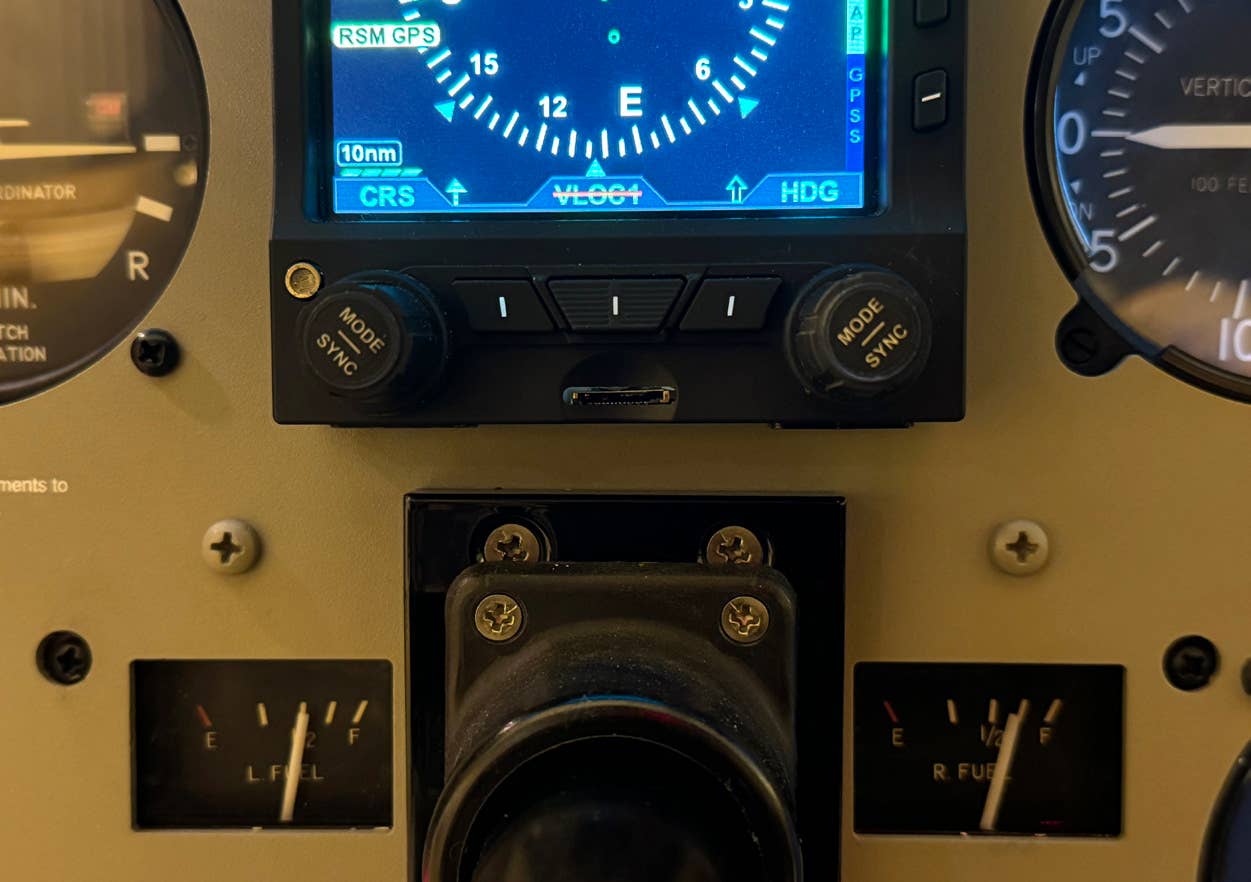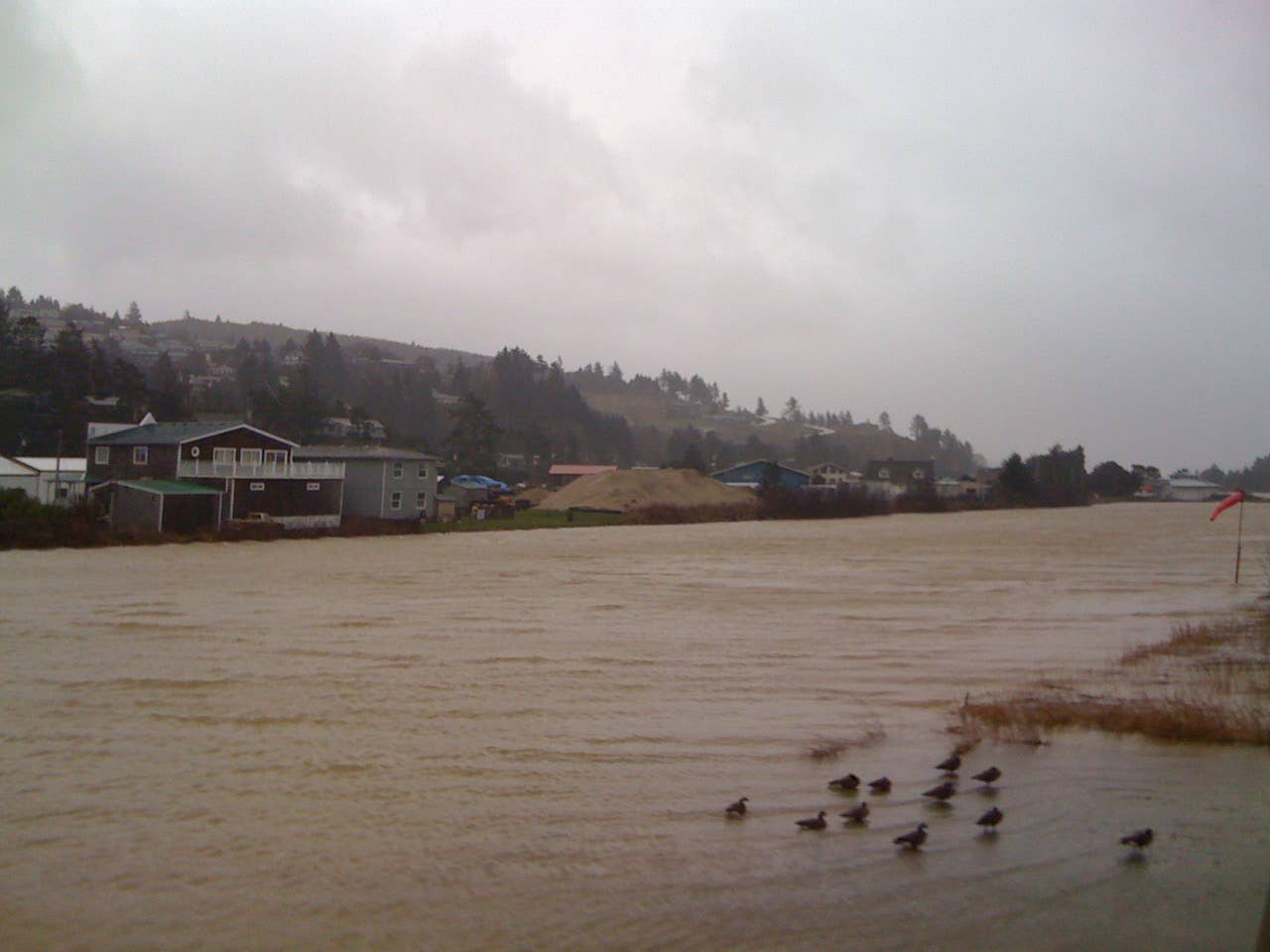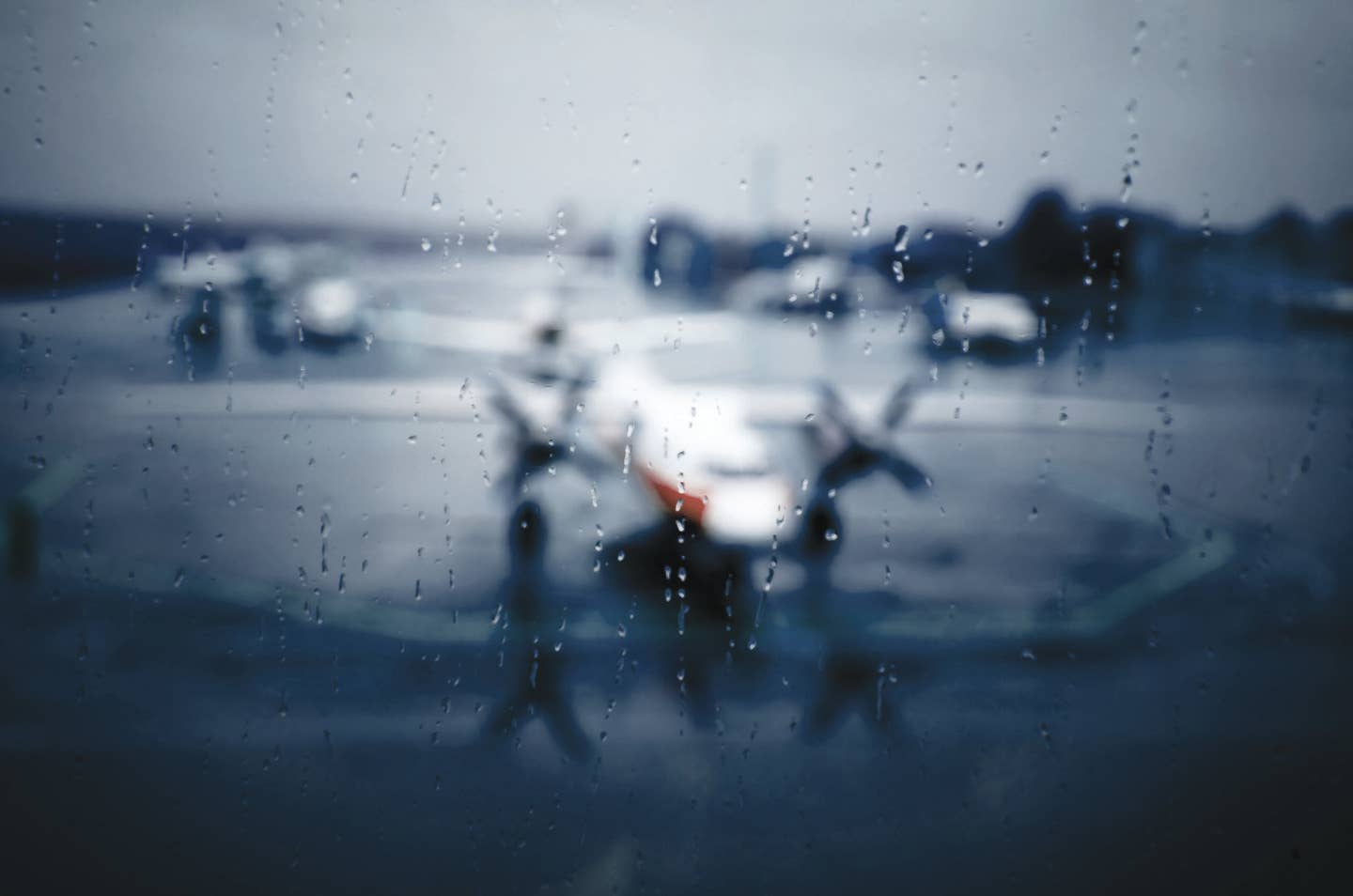
There are those who've been, and those who haven't. And there are those who wouldn't miss it for anything. The journey to EAA AirVenture at Wittman Field in Oshkosh, Wisconsin, has been compared to the annual Hajj to Mecca. And for aviation zealots ranging from weekend ultralight aficionados to military or airline pilots, there is a full menu of soul-fulfilling food for thought and action everywhere you turn.
There are many ways to get there -- some have said that the grounds of Camp Scholler boast more net worth in RVs than is found on the flight line. But arriving in your own aircraft is the capper to the experience, and it's a lot less crazy an experience than many people seem to imagine. Don't be intimidated by the 32-page notam. The basics you really need to understand are pretty straightforward.
Some tips: I always plan to stop at an airport within about 50 miles, but well outside the OSH beehive on my way in. It gives me a chance to fill my airplane's tanks, relieve my own, and take a mental break before launching on the final, most complex leg.
The notam defines the details, but the gist is that Ripon, a small town to the southwest of Oshkosh, is the rallying point. You set yourself up to arrive at Ripon at the appropriate altitude and airspeed for your aircraft. I've found it's no more difficult to fall into line than it is at a moderately busy non-tower airport's traffic pattern. Maintain your spacing from the aircraft in front of you, and sneak an occasional glance at your six to make sure the pilot behind you is doing the same.
As you approach the Fisk reporting point, you'll hear the staccato of the controller as he or she calls out the traffic ahead of you and asks for a wing-waggle. It might be "red and white Mooney" or "low-wing experimental" but when you hear them make contact, you're naturally primed to be next. Listen for your assigned runway and you'll probably have the correct frequency in your standby window. So far, so good.
As you get in close to Wittman Field, it does get pretty exciting, but as long as you're keeping your spacing with the aircraft ahead, and watching out for anyone doing anything dumb, it really is a pretty orderly sequence. Much has been made of the dynamic of landing three aircraft on one runway at a time -- and it sure sounds dangerous. But in practice, there isn't really any trick to landing short, medium or long for most GA airplanes. And if there is a warbird or jet in the mix, the controllers will adjust their sequence accordingly. Speaking of controllers, one reason why this works so well is the FAA has the All-Star team on duty -- and plenty of them. There are so many sets of well-trained eyes watching every nook and cranny of the airspace, not much can slip by unnoticed.
But don't let that intimidate you, either. Bounced landings and minor gaffes are taken in stride -- even expected. There is enough margin for error built in that the worst most pilots can expect is some subtle chiding on the frequency.
So if you've always wanted to fly into Oshkosh, take the time to read through the notam in detail, make sure you're well fueled and not in any hurry, and enjoy the experience. When you turn off the runway and taxi past the gathered throng of fellow devotees, your biggest worry could be that oversize smile you can't seem to wipe off your face.
Call to action: If you have any tips of your own you'd like to share, or have any questions about flying technique you'd like answered, send me a note at enewsletter@flyingmag.com. We'd love to hear from you.

Sign-up for newsletters & special offers!
Get the latest FLYING stories & special offers delivered directly to your inbox






